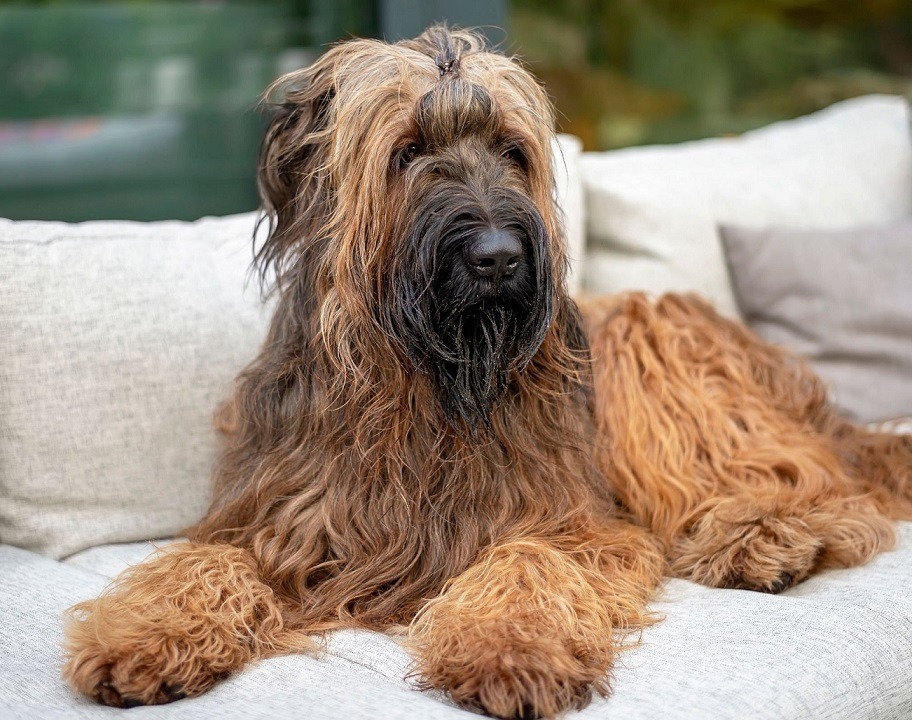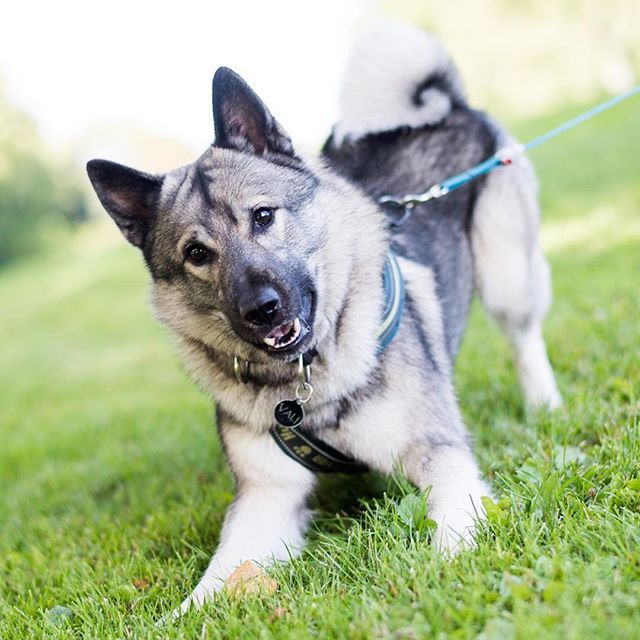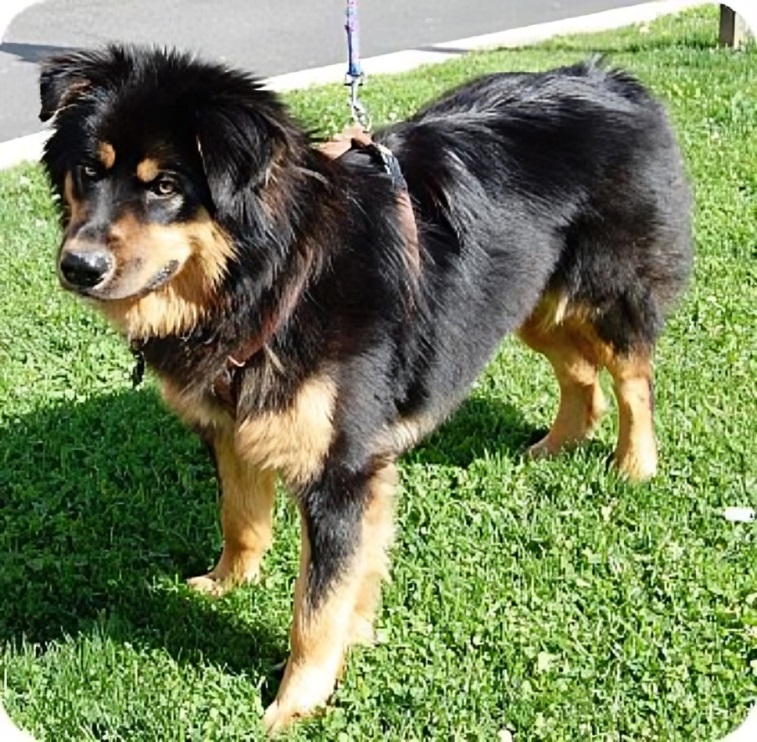Briard is a majestic and loyal herding dog. Look no further than the! With its striking appearance and unwavering loyalty, the Briard is a remarkable breed that has captured the hearts of dog lovers worldwide. Originating from France, this magnificent dog possesses a regal presence and a strong herding instinct. In this article, we will delve into the characteristics, history, and care requirements of the Briard, highlighting why it is an exceptional choice for those seeking a devoted and majestic companion.
Briard: A Brief Overview
The Briard is a majestic and loyal herding dog that has captured the hearts of many dog enthusiasts around the world. With its striking appearance and exceptional qualities, the Briard stands out as a remarkable breed. In this article, we will delve into the history, physical characteristics, and temperament of the Briard, shedding light on what makes this breed so special.
History of the Briard
The history of the Briard can be traced back to ancient times. These dogs have long been associated with the region of Brie in France, where they were initially developed to serve as herding and guarding dogs. The Briard’s remarkable herding abilities and loyalty to their human companions quickly gained them popularity among shepherds and farmers.
During World War I and II, the Briard played a crucial role in the French military. Their intelligence, agility, and fearlessness made them excellent messenger dogs and search and rescue dogs. Their invaluable contributions to the war efforts further solidified the Briard’s reputation as a dependable and versatile breed.
Physical Characteristics
With its dignified and majestic appearance, the Briard is truly a sight to behold. This large, well-muscled breed stands at around 22 to 27 inches (56 to 68 cm) at the shoulder and weighs between 70 to 100 pounds (32 to 45 kg). Their distinctive feature is their luxurious double coat, which consists of a coarse and slightly wavy outer coat and a dense, fine undercoat. This coat not only provides them protection from harsh weather conditions but also gives them an elegant and regal appearance.
The Briard’s coat comes in various colors, including black, tawny, and gray. Their expressive eyes, which are usually dark in color, are accentuated by the characteristic eyebrows that give them a serious and intelligent expression. With their well-proportioned bodies, strong bone structure, and fluid movement, the Briard exudes power and grace.
Temperament
Known for their unwavering loyalty and devotion, the Briard is a breed that forms deep bonds with their human family. They are highly intelligent and possess an independent spirit, which can sometimes be mistaken for stubbornness. However, with consistent and patient training, the Briard can be a well-mannered and obedient companion.
While their herding instincts are still strong, the Briard’s gentle and affectionate nature shines through. They are known to be excellent with children and can be protective of their loved ones. This breed thrives on human companionship and does best when they are an integral part of the family. Their natural instinct to guard and protect makes them excellent watchdogs, as they are always alert and ready to defend their home and loved ones.
Briard is a remarkable breed that combines elegance, intelligence, and loyalty. Whether as a herding dog, a working dog, or a beloved family companion, the Briard is sure to leave a lasting impression. Their rich history, striking physical characteristics, and loving temperament make them a truly majestic and loyal herding dog.
Training and Exercise for Briards
Training
Owning a Briard necessitates a commitment to comprehensive training. These intelligent and loyal herding dogs thrive when given a purpose and clear guidelines. Here are some key points to consider when training a Briard:
- Start Early: Begin training your Briard as soon as you bring them home. Early socialization and basic obedience training are essential for shaping their behavior.
- Positive Reinforcement: Briards respond best to positive reinforcement techniques. Reward-based training, using treats, praises, and play, will motivate them to learn and obey commands.
- Consistency and Patience: Consistency is key when training a Briard. Establish clear rules and boundaries, and ensure everyone in the household follows them. Being patient and understanding during the training process will yield better results.
- Basic Commands: Teach your Briard basic commands such as “sit,” “stay,” “come,” and “heel.” These commands form the foundation for more advanced training and help establish your role as the pack leader.
- Advanced Training: Once your Briard has mastered basic commands, you can move on to more advanced training. Briards excel in various activities such as obedience trials, agility, tracking, and herding. Engaging them in these activities not only provides mental stimulation but also strengthens the bond between you and your furry companion.
Exercise and Mental Stimulation
Briards are an active breed that requires regular exercise to keep them physically and mentally stimulated. Here are some tips to ensure your Briard gets the exercise they need:
- Daily Walks: Take your Briard for at least one or two long walks every day. These walks should be brisk and provide an opportunity for them to explore their surroundings. Briards enjoy being outdoors and will appreciate the chance to stretch their legs.
- Playtime: Engage your Briard in interactive play sessions. They enjoy games like fetch, tug-of-war, and hide-and-seek. Incorporating mentally stimulating toys or puzzle feeders can also keep them entertained and challenged.
- Running and Jogging: If you are a runner or jogger, your Briard can make an excellent running companion. They have great endurance and can easily keep up with an active lifestyle.
- Herding Activities: Briards have a natural herding instinct that can be channeled through activities such as herding trials or sheepdog training. These activities provide them with both physical exercise and mental stimulation.
- Mental Stimulation: In addition to physical exercise, Briards require mental stimulation to prevent boredom and destructive behaviors. Consider activities like obedience training, puzzle toys, or interactive games that require problem-solving skills.
Remember, a well-exercised and mentally stimulated Briard is a happy and well-behaved companion. By incorporating training and exercise into their routine, you can ensure your Briard thrives both physically and mentally.
Grooming and Health Care
Grooming Needs
Proper grooming is essential to keep your Briard looking and feeling their best. The Briard’s thick and double-layered coat requires regular maintenance to prevent matting and keep it in top condition. Here are some grooming tips for your majestic and loyal herding dog:
- Brushing: The Briard’s coat should be brushed at least once a week to remove any tangles and prevent matting. Use a slicker brush or a wide-toothed comb to gently work through the dense fur. Regular brushing will also help to distribute the natural oils and keep the coat shiny.
- Bathing: Briards don’t require frequent baths as their coat naturally repels dirt. However, occasional baths are necessary to keep them clean and fresh. Use a dog-specific shampoo and conditioner, and be sure to rinse thoroughly to avoid any residue. Be cautious not to over-bathe, as it can strip the coat of its natural oils.
- Trimming: Regular trimming of the Briard’s hair is necessary to maintain a neat appearance. Pay attention to the hair around the paws, ears, and tail, as these areas tend to accumulate dirt and debris. You may choose to have a professional groomer handle the trimming to ensure it is done properly.
- Nail Care: Like all dogs, Briards need regular nail trimming to prevent overgrowth and discomfort. Use a dog nail clipper or grinder and be careful not to cut into the quick, which can cause bleeding. If you are unsure or uncomfortable with nail trimming, seek assistance from a professional groomer or veterinarian.
Common Health Issues
While the Briard is generally a healthy breed, like any dog, they can be prone to certain health issues. Being aware of these conditions can help you provide the necessary care and take prompt action if needed. Some common health issues seen in Briards include:
- Hip Dysplasia: This is a genetic condition where the hip joint doesn’t develop properly, leading to pain and mobility issues. Regular exercise, a balanced diet, and avoiding excessive weight gain can help reduce the risk of hip dysplasia. Regular veterinary check-ups are essential to monitor and manage this condition.
- Progressive Retinal Atrophy (PRA): PRA is an inherited eye disease that causes gradual vision loss and can eventually lead to blindness. Regular eye examinations by a veterinary ophthalmologist are recommended to detect and manage PRA in its early stages. Responsible breeders will typically screen their breeding dogs for this condition.
- Bloat: Briards are deep-chested dogs, which puts them at a higher risk of developing gastric dilatation-volvulus (GDV), commonly known as bloat. This condition is life-threatening and requires immediate veterinary attention. Feeding smaller, frequent meals and avoiding strenuous exercise after meals can help reduce the risk of bloat.
- Hypothyroidism: Briards may be prone to hypothyroidism, a condition where the thyroid gland doesn’t produce enough hormones. Symptoms may include weight gain, hair loss, and lethargy. Regular blood tests can help diagnose and manage this condition, with lifelong medication often required.
Remember, responsible breeding and regular vet check-ups are crucial to maintaining the overall health and well-being of your Briard. By providing proper grooming care and staying vigilant about potential health issues, you can ensure your majestic and loyal herding dog leads a happy and healthy life.
Briard as a Family Pet
Compatibility with Children and Other Pets
The Briard, also known as the Majestic and Loyal Herding Dog, is not only a remarkable working dog but also an excellent family pet. Their gentle and loving nature makes them highly compatible with children and other pets.
With their patient and protective temperament, Briards are great companions for children of all ages. They have a natural instinct to care for and watch over their family members, including the little ones. Whether it’s playing in the backyard or snuggling on the couch, Briards are known to be gentle and tolerant, making them ideal playmates for kids.
Moreover, Briards are also known to be sociable with other pets. Whether you have cats, other dogs, or even smaller animals like rabbits or guinea pigs, the Briard can adapt and coexist harmoniously. Their herding background has instilled in them a sense of responsibility and the ability to get along with various animals. However, it’s always important to introduce any new pets gradually and under supervision to ensure a smooth and successful integration.
Living Conditions
Despite their majestic appearance, Briards are adaptable and can thrive in various living conditions. Whether you live in a spacious house with a large backyard or in a smaller apartment, a Briard can adjust to the available space as long as they receive adequate exercise and mental stimulation.
While a house with a fenced yard is preferable, Briards can also do well in apartments or urban environments, provided they receive regular exercise. These active and intelligent dogs require daily walks, playtime, and mental challenges to keep them happy and healthy. They enjoy activities like obedience training, agility courses, and even herding trials, which not only stimulate their minds but also help develop and maintain their physical abilities.
Briard’s gentle and loving nature makes them an excellent family pet. Their compatibility with children and other pets, combined with their adaptability to various living conditions, further enhances their suitability as a loyal and majestic addition to any loving home.
Finding and Choosing a Briard
Finding a Reputable Breeder
When looking for a Briard, it is crucial to find a reputable breeder who prioritizes the health and well-being of their dogs. Here are some tips to help you find a reputable breeder:
- Research: Start by conducting thorough research on different breeders in your area. Look for breeders who have a good reputation and positive reviews from previous customers.
- Visit Local Dog Shows: Attend local dog shows or events where Briards are likely to be present. This will give you an opportunity to meet breeders, observe their dogs, and ask questions about their breeding practices.
- Ask for Referrals: Reach out to Briard owners or breed clubs and ask for referrals to reputable breeders. People who have firsthand experience with a particular breeder can provide valuable insights and recommendations.
- Health Testing: Reputable breeders prioritize the health of their dogs and conduct necessary health tests to ensure the puppies are free from genetic diseases. Ask the breeder about the health testing they perform on their breeding dogs and request to see the test results.
- Visit the Breeder: Once you have identified potential breeders, schedule a visit to their facilities. This will allow you to assess the living conditions of the dogs, observe their behavior, and evaluate the breeder’s overall commitment to their dogs.
Puppy Selection Tips
Choosing the right Briard puppy is an important decision that requires careful consideration. Here are some tips to help you select the perfect puppy:
- Observe the Litter: Spend time observing the entire litter of puppies. Look for puppies that are curious, playful, and have a friendly demeanor. Avoid puppies that appear fearful, aggressive, or overly shy.
- Meet the Parents: If possible, meet the puppy’s parents or at least one of them. This will give you an idea of the temperament and physical traits your puppy may inherit.
- Ask about Socialization: Inquire about the socialization efforts made by the breeder. A well-socialized puppy will be more adaptable and easier to train. Ask the breeder about the experiences and environments the puppies have been exposed to.
- Health Guarantees: Reputable breeders often provide health guarantees for their puppies. Ask about the breeder’s policy regarding genetic health issues and what support they offer in case any problems arise.
- Ask Questions: Don’t hesitate to ask the breeder any questions you may have regarding the breed, the specific puppy, or their breeding practices. A responsible breeder will be transparent and happy to address your concerns.
By following these tips, you can find a reputable breeder and select a healthy and well-suited Briard puppy to become your loyal companion.
The Briard, with its majestic appearance and unwavering loyalty, is truly a remarkable herding dog. This breed’s intelligence, agility, and protective instincts make it an ideal companion for those in need of a reliable and dedicated working partner. Whether it is herding livestock or serving as a loving family pet, the Briard excels in all areas. Its beautiful double coat and distinctive beard add to its regal charm, making it a favorite among dog enthusiasts. With proper training, socialization, and care, the Briard can thrive in any environment. If you are seeking a magnificent and devoted herding dog, look no further than the Briard.







